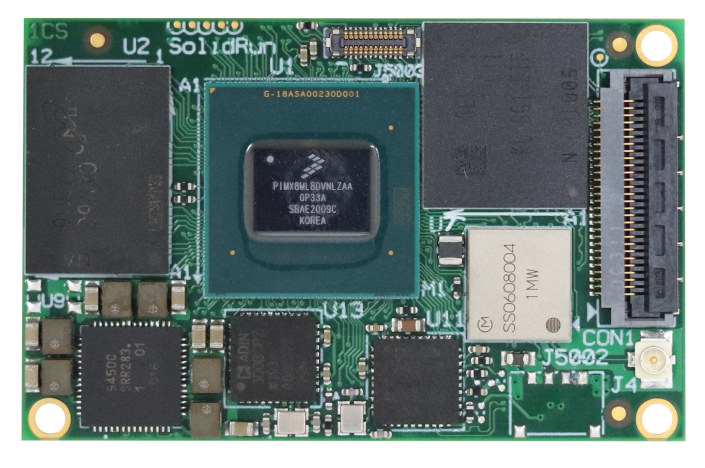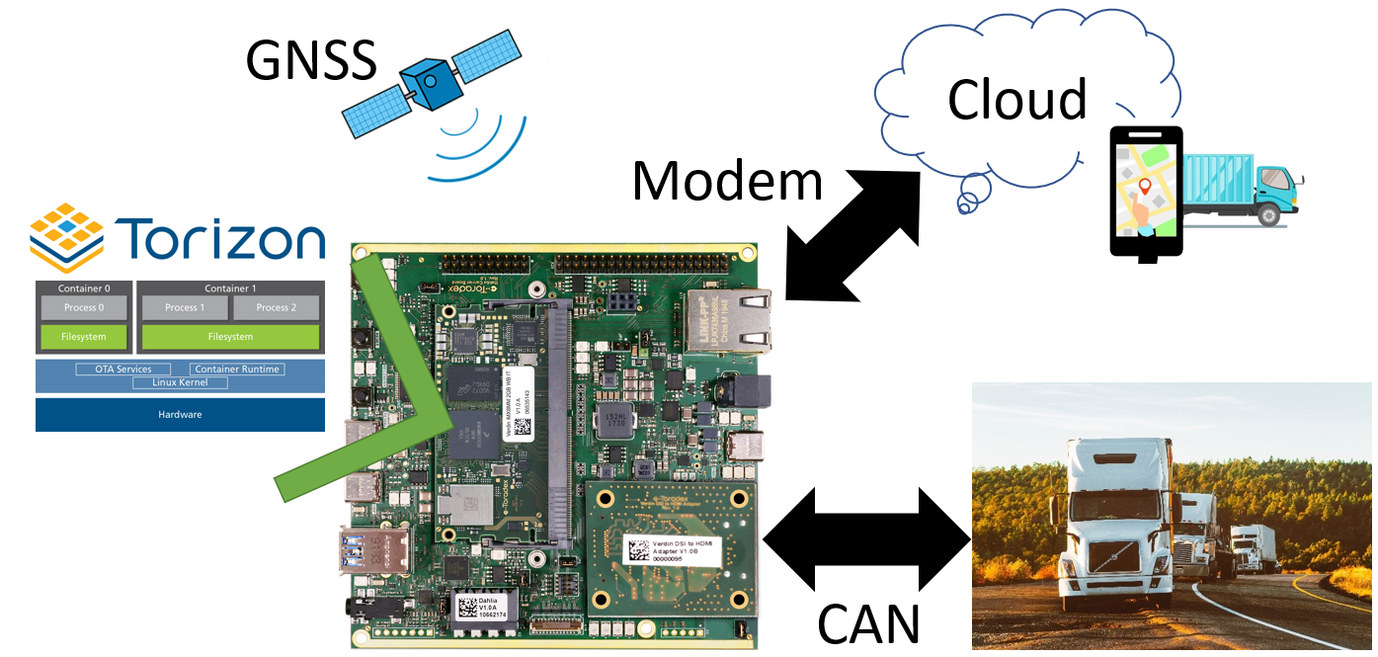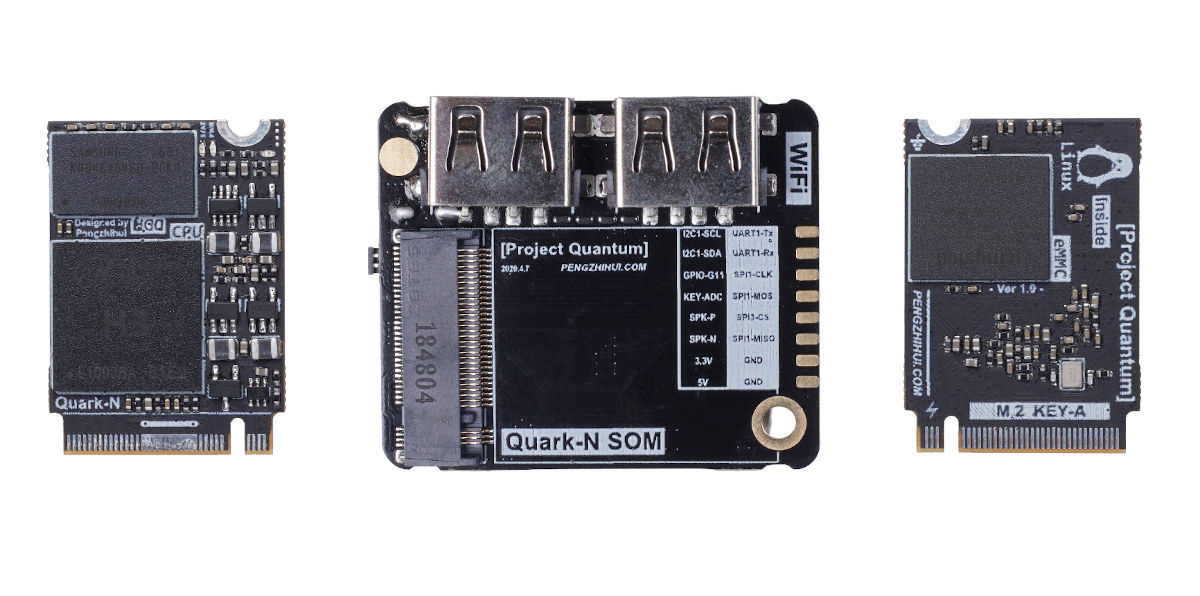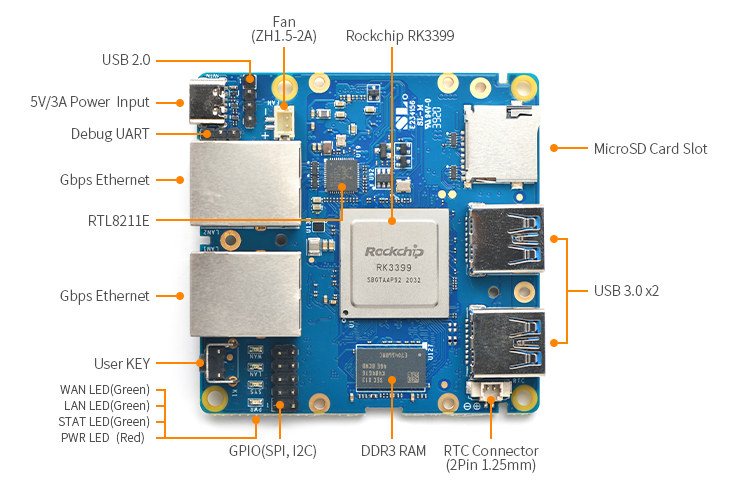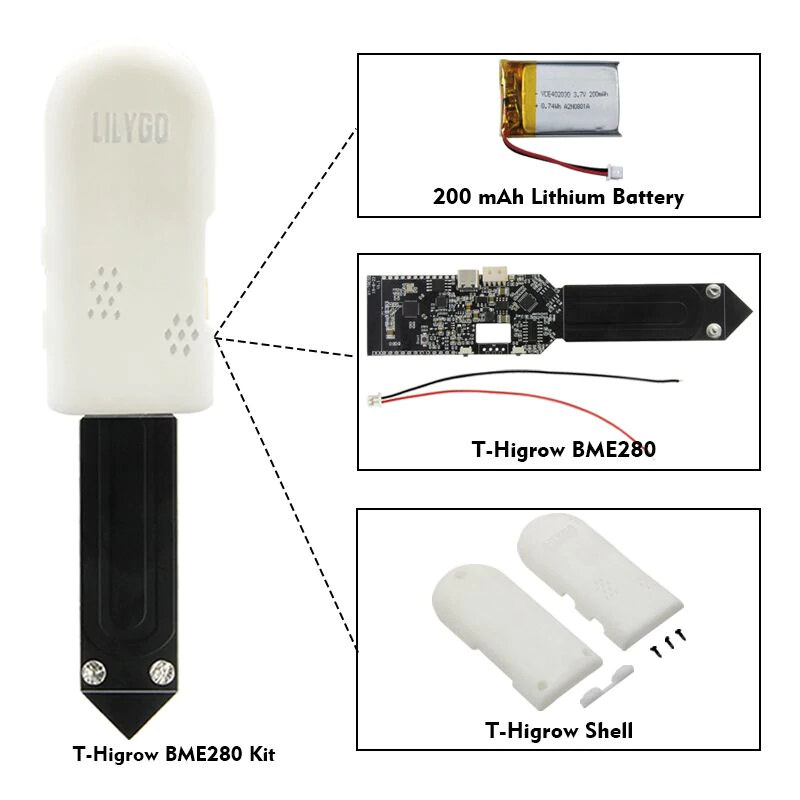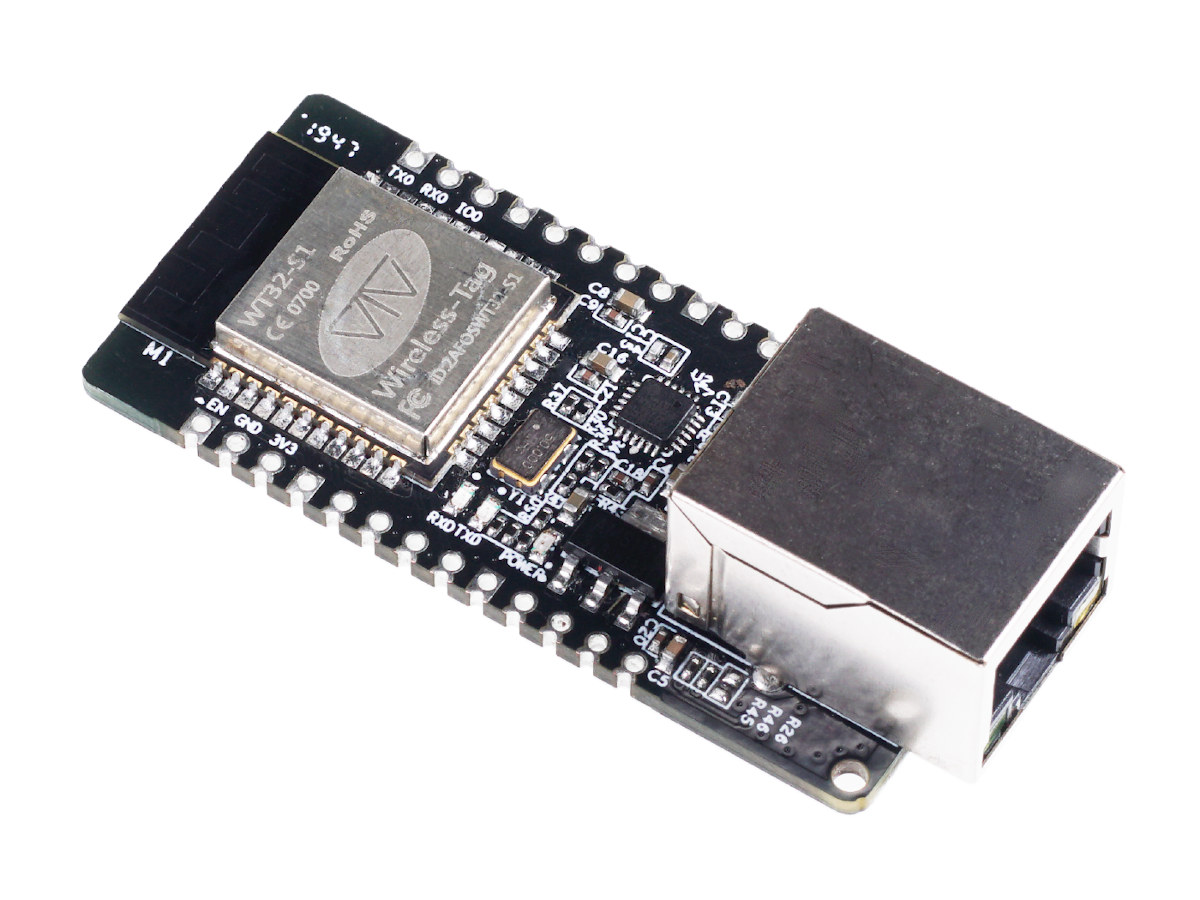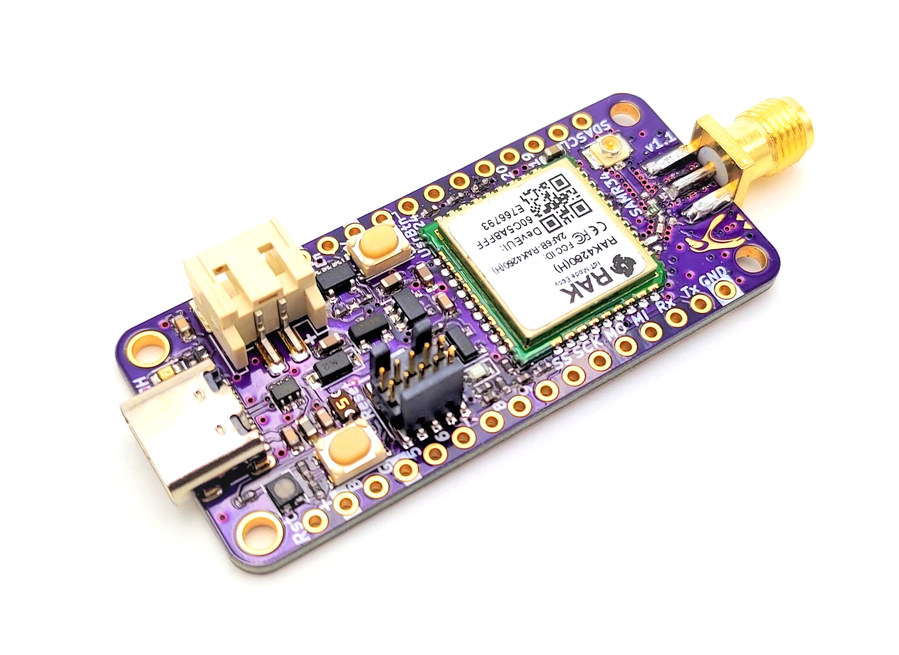SolidRun already offers NXP based solutions with AI accelerators through products such as SolidRun i.MX 8M Mini SoM with Gyrfalcon Lightspeeur 2803S AI accelerator, or Janux GS31 Edge AI server with NXP LX2160A networking SoC, various i.MX 8M SoCs and up to 128 Gyrfalcon accelerators. All those solutions are based on one or more external Gyrfalcon AI chips, but earlier this year, NXP introduced i.MX 8M Plus SoC with a built-in 2.3 TOPS neural processing unit (NPU), and now SolidRun has just unveiled the SolidRun i.MX 8M Plus SoM with the processor together with development kits based on HummingBoard carrier boards. Specifications: SoC – NXP i.MX 8M Plus Dual or Quad with dual or quad-core Arm Cortex-A53 processor @1.6 GHz (industrial) / 1.8 GHz (commercial), with Arm Cortex-M7 up to 800MHz, Vivante GC7000UL 3G GPU (Vulkan, OpenGL ES 3.1, OpenCL 1.2), 2.3 TOPS NPU, 1080p60 H.264/H.265 video encoder, 1080p60 video […]
Reading Vehicle OBD-II data through CAN within a containerized application in Embedded Linux
CNXSoft: This is a guest about OBD-II and CAN support in embedded Linux by Andre Márcio de Lima Curvello, Sr. FAE and Technical Evangelist, Toradex A connected world makes it possible to track your online orders being shipped to your home through your smartphone in real-time, and getting information about your vehicle such as tire pressure, outside temperature, and even details like if a lamp is broken – has begun to be possible via smartphones in modern vehicle models. But behind the magic of knowing where the truck carrying your package is at all times and other details of the vehicle, there is a very complex world made of embedded devices ‘talking’ to each other so the information makes its way from the device to you. In this article, you will learn how to create an application to communicate with a vehicle through CAN via the OBD-II standard. We use […]
PixelBlaze v3 WiFi LED board supports live-coding via a web interface (Crowdfunding)
We’ve previously covered a couple of ESP8266 WiFi boards to control LED strips from ANAVI Technology ESP8266 powered ANAVI Miracle Controller and ANAVI Light Controller Starter Kit, but Ben Henke has also made similar ESP8266 LED controllers with PixelBlaze boards. The latest iteration – PixelBlaze v3 – is based on ESP32 WiSoC and comes in two variants: PixelBlaze v3 Standard with headers and PixelBlaze V3 Pico in a much tinier form factor (33.3 x 11mm) with both models supporting live-coding via a web interface. PixelBlaze v3 specifications: Wireless SiP or module Standard – ESP32-WROOM-32 module with Espressif ESP32 dual-core processor @ 240 MHz with 4MB flash Pico – ESP32-PICO-D4 system-in-package with Espressif ESP32 dual-core processor @ 240 MHz with 4MB flash 4-pin header with VCC, GND, DATA, CLK for LED matrix or strip Compatible with APA102, SK9822, DotStar, WS2811, WS2812 (up to 2,500 LEDs), WS2813, WS2815, NeoPixel, and WS2801 actively […]
Quantum Mini devkit combines Allwinner H3 M.2 SoM with baseboard
Quantum Mini may be yet another Allwinner H3 Arm Linux development board, but what makes it special is the company used the standard M.2 Key-A 22mm form factor to create Quark-N Allwinner H3 system-on-module with storage and memory. The kit is completed by Atom-N baseboard that takes the M.2 module and offers two USB 2.0 ports, one USB Type-C port, as well as 2.4 GHz WiFi 4 and Bluetooth 4.0 connectivity, and a MicroSD port for additional storage. Quantum Mini development kit specifications: Quark-N SoM SoC – Allwinner H3 quad-core Cortex-A7 @ 1GHz with Mali-400MP2 GPU System Memory – 512MB LPDDR3 Storage – 16GB eMMC flash Interfaces exposed via M.2 connector – Ethernet, SPI, I2C, UART, GPIO, MIC, LINEOUT Dimensions – 31 x 22mm (6-layer PCB) Temperature Range – 0-80°C Atom-N baseboard M.2 socket for Quark-N system-on-module Storage – MicroSD card slot Display – TFT display Connectivity – 2.4 GHz […]
NanoPi R4S headless RK3399 SBC features up to 4GB RAM, dual Gigabit Ethernet, USB 3.0 ports
We’ve seen several tiny ultra-cheap boards for headless applications over the last few years with products Orange Pi Zero Plus or NanoPi R2S which are usually based on 32-bit Cortex-A7 or low power 64-bit Cortex-A53 processors, coupled with up to 512MB to 2GB, and may have some limitations when it comes to Gigabit Ethernet and USB 3.0 speeds. If you’d like something similar but more powerful, FriendlyELEC is working on NanoPi R4S headless SBC powered by a Rockchip RK3399 hexa-core Cortex-A72/A53 processor with up to 4GB RAM, dual Gigabit Ethernet, and two USB 3.0 ports. NanoPi R4S preliminary specifications: SoC – Rockchip RK3399 hexa-core processor with dual-Core Cortex-A72 up to 2.0GHz, quad-core Cortex-A53 up to 1.5GHz, Mali-T864 GPU with OpenGL ES1.1/2.0/3.0/3.1, OpenCL, DX11, and AFBC support, 4K VP9 and 4K 10-bit H265/H264 60fps video decoder System Memory – 1GB DDR3 or 4GB LPDDR4 Storage – MicroSD card slot Networking – […]
TTGO T-Higrow is a WiFi & Bluetooth connected soil temperature & moisture sensor
LilyGO has made plenty of ESP32 “TTGO” boards with various features be it PoE, battery support, OLED display, cellular connectivity, and even a devkit in watch form factor. The latest product from the company specifically targets smart farming/gardening as TTGO T-Higrow embeds either DHT11 temperature and humidity sensor or BME280 temperature, humidity, and barometric sensor to report soil temperature and moisture over Bluetooth or WiFi. It can also come as a kit with a battery and a 3D printed enclosure. TTGO T-Higrow board specifications: SoC – Espressif Systems ESP32 dual-core LX6 processor @ up to 240 MHz with 520 LB SRAM, Wi-Fi & Bluetooth Storage – 4MB QSPI flash Wireless 2.4 GHz 802.11b/g/n WiFi 4 up to 150 Mbps Bluetooth 4.2 BR/EDR and BLE Sensors Option 1 – DHT11 temperature and humidity sensor Option 2 – BME280 temperature, humidity, and barometric sensor Expansion – 2x 12-pin through holes with UART, […]
$6 WT32-ETH01 is a Tiny ESP32 board with Ethernet
Espressif Systems ESP32 processor supports WiFi, Bluetooth, and Ethernet connectivity. There are only a few boards coming with an Ethernet RJ45 jack out of the box including esp32MX-E ESP32 board, TTGO T-Internet-POE, and Olimex ESP32-Gateway board among others. Those boards are fine, but they sell for $16 and up, so if you’d like a cheaper and tinier ESP32 board with Ethernet, Wireless Tag WT32-ETH01 may be an option for projects not requiring PoE support. WT32-ETH01 board specifications: Wireless Module – Wireless Tag WT32-S1 based on ESP32 dual-core WiSoC with 4MB flash, on-board antenna Connectivity 10/100M Ethernet via LAN8720A transceiver 2.4 GHz 802.11b/g/n WiFi 4 up to 150 Mbps Bluetooth 4.2 BR/EDR and LE Expansion – 2x 13 through holes and castellated holes with GPIOs, I2C, SPI, 2x UART, EN, LINK, 5V, 3.3V, and GND signals Power Supply – 3.3V or 5.5V via headers, minimum 500 mA; typical operating current: 80 […]
Penguino Feather 4260 LoRa development board features RAK4260 module
Adafruit Feather form factor has become more popular in recent years with third-parties introducing Feather compatible boards such as the Giant Board (Linux capable), OrangeCrab (FPGA), or FeatherS2 (ESP32 WiFi + Bluetooth), and as well as FeatherWing add-on boards. Azerbaijan based MakerTronika Labs has launched their own Feather compatible board with LoRa connectivity: Penguino Feather 4260. The development board is powered by a RAK4260 module based on SAMR34 LoRa SiP and supports both 868 and 915 MHz bands. Penguino Feather 4260 specifications: LoRa module – Rak wireless RAK4260 module with: SiP – Microchip ATSAMR34J18 SiP with SAML21 Arm Cortex M0+ MCU @ 48 MHz, 40 KB RAM, 256 KB Flash, Semtech SX1276 LoRa Connectivity Frequency Range – 862 to 1020 MHz High level of accuracy and stability (32MHz TXCO) Max Tx Power: 20dBm; Max Sensitivity: -148dBm; Rx Current: 17mA (typical) Compliant with LoRaWan 1.0.2 Power Consumption Low RX current of […]


